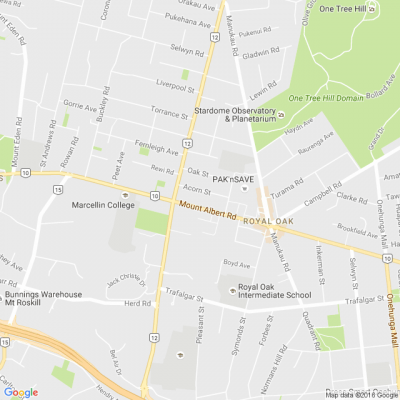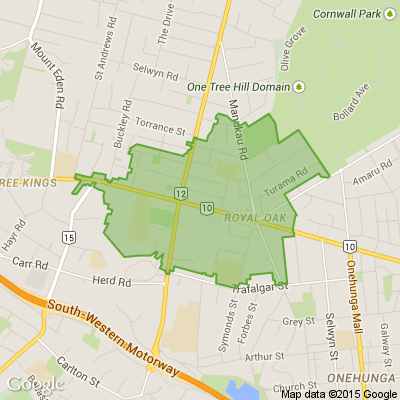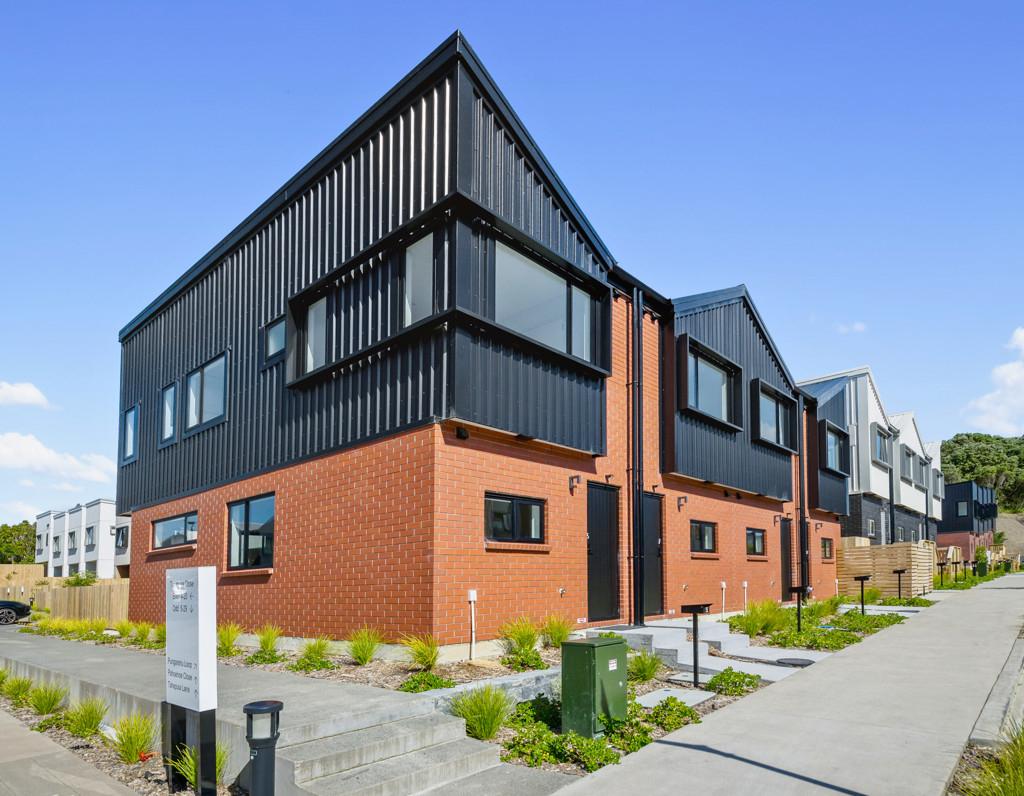100-day plan: The 49 actions Govt pledges to act on
1. Stop work on the Income Insurance Scheme.
2. Stop work on Industry Transformation Plans.
3. Stop work on the Lake Onslow pumped hydro scheme.
4. Begin efforts to double renewable energy production, including a NPS on Renewable Electricity Generation.
5. Withdraw central government from Let’s Get Wellington Moving (LGWM).
6. Meet with councils and communities to establish regional requirements for recovery from Cyclone Gabrielle and other recent major flooding events.
7. Make any additional Orders in Council needed to speed up cyclone and flood recovery efforts.
8. Start reducing public sector expenditure, including consultant and contractor expenditure.
9. Introduce legislation to narrow the Reserve Bank’s mandate to price stability.
10. Introduce legislation to remove the Auckland Fuel Tax.
11. Cancel fuel tax hikes.
12. Begin work on a new GPS reflecting the new Roads of National Significance and new public transport priorities.
13. Repeal the Clean Car Discount scheme by 31 December 2023.
14. Stop blanket speed limit reductions and start work on replacing the Land Transport Rule: Setting of Speed Limits 2022.
15. Stop central government work on the Auckland Light Rail project.
16. Repeal the Fair Pay Agreement legislation.
17. Introduce legislation to restore 90-day trial periods for all businesses.
18. Start work to improve the quality of regulation.
19. Begin work on a National Infrastructure Agency.
20. Introduce legislation to repeal the Water Services Entities Act 2022.
21. Repeal the Spatial Planning and Natural and Built Environment Act and introduce a fast-track consenting regime.
22. Begin to cease implementation of new Significant Natural Areas and seek advice on operation of the areas.
23. Take policy decisions to amend the Overseas Investment Act 2005 to make it easier for build-to-rent housing to be developed in New Zealand.
24. Begin work to enable more houses to be built, by implementing the Going for Housing Growth policy and making the Medium Density Residential Standards optional for councils.
Restore law and order
==================
25. Abolish the previous Government’s prisoner reduction target.
26. Introduce legislation to ban gang patches, stop gang members gathering in public, and stop known gang offenders from communicating with one another.
27. Give Police greater powers to search gang members for firearms and make gang membership an aggravating factor at sentencing.
28. Stop taxpayer funding for section 27 cultural reports.
29. Introduce legislation to extend eligibility to offence-based rehabilitation programmes to remand prisoners.
30. Begin work to crack down on serious youth offending.
31. Enable more virtual participation in court proceedings.
32. Begin to repeal and replace Part 6 of the Arms Act 1983 relating to clubs and ranges.
Deliver better public services
========================e
33. Stop all work on He Puapua.
34. Improve security for the health workforce in hospital emergency departments.
35. Sign an MoU with Waikato University to progress a third medical school.
36. By 1 December 2023, lodge a reservation against adopting amendments to WHO health regulations to allow the government to consider these against a “national interest test”.
37. Require primary and intermediate schools to teach an hour of reading, writing and maths per day starting in 2024.
38. Ban the use of cellphones in schools.
39. Appoint an Expert Group to redesign the English and maths curricula for primary school students.
40. Begin disestablishing Te Pukenga.
41. Begin work on delivering better public services and strengthening democracy.
42. Set five major targets for health system, including for wait times and cancer treatment.
43. Introduce legislation to disestablish the Māori Health Authority.
44. Take first steps to extend free breast cancer screening to those aged up to 74.
45. Repeal amendments to the Smokefree Environments and Regulated Products Act 1990 and regulations.
46. Allow the sale of cold medication containing pseudoephedrine.
47. Begin work to repeal the Therapeutics Products Act 2023.
48. Establish a priority one category on the social housing waitlist to move families out of emergency housing into permanent homes more quickly.
49. Commission an independent review into Kāinga Ora’s financial situation, procurement, and asset management.
===========================================
www.nzherald.co.nz...
============================================
New Year, New Questions You Won’t Solve!
I get smaller every time I take a bath.
What am I?
Do you think you know the answer to our daily riddle? Don't spoil it for your neighbours! Simply 'Like' this post and we'll post the answer in the comments below at 2pm.
Want to stop seeing riddles in your newsfeed?
Head here and hover on the Following button on the top right of the page (and it will show Unfollow) and then click it. If it is giving you the option to Follow, then you've successfully unfollowed the Riddles page.

Clothesline upgrade
Turn a tired old clothesline into a stylish garden feature that brings joy to the chore of getting your washing out in the sun. Finish in Resene Waterborne Woodsman Crowshead. Find out how to create your own with these easy step by step instructions.

Explore more, worry less at Ryman
Pack your bags, hit the open road, or set sail on your next big adventure. With Ryman’s lock-and-leave-style living, you’re free to explore without worrying about home maintenance or security.
While you’re off enjoying life, we’ll take care of everything back home – from mowing the lawns to watering the garden, pulling weeds, and even cleaning the windows.
Ryman residents are free to embrace adventure because they're not tied down with home maintenance stress and security worries. They're rediscovering lost passions and plunging headfirst into new ones whenever they feel like it.
Click find out more to discover the lifestyle.








 Loading…
Loading…




